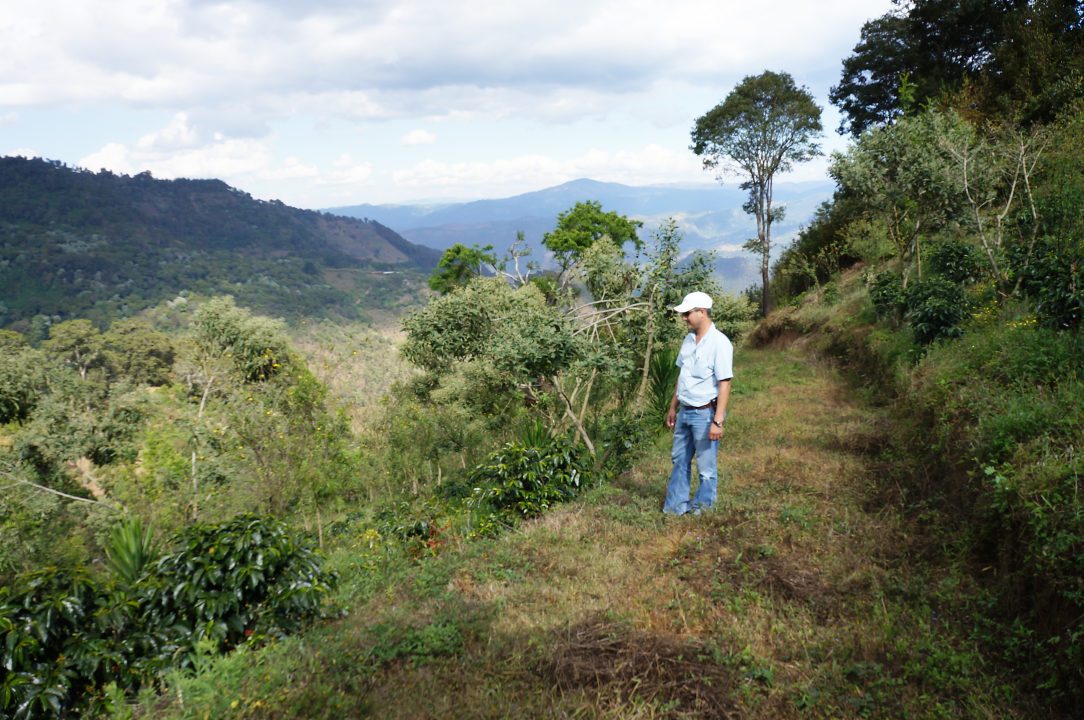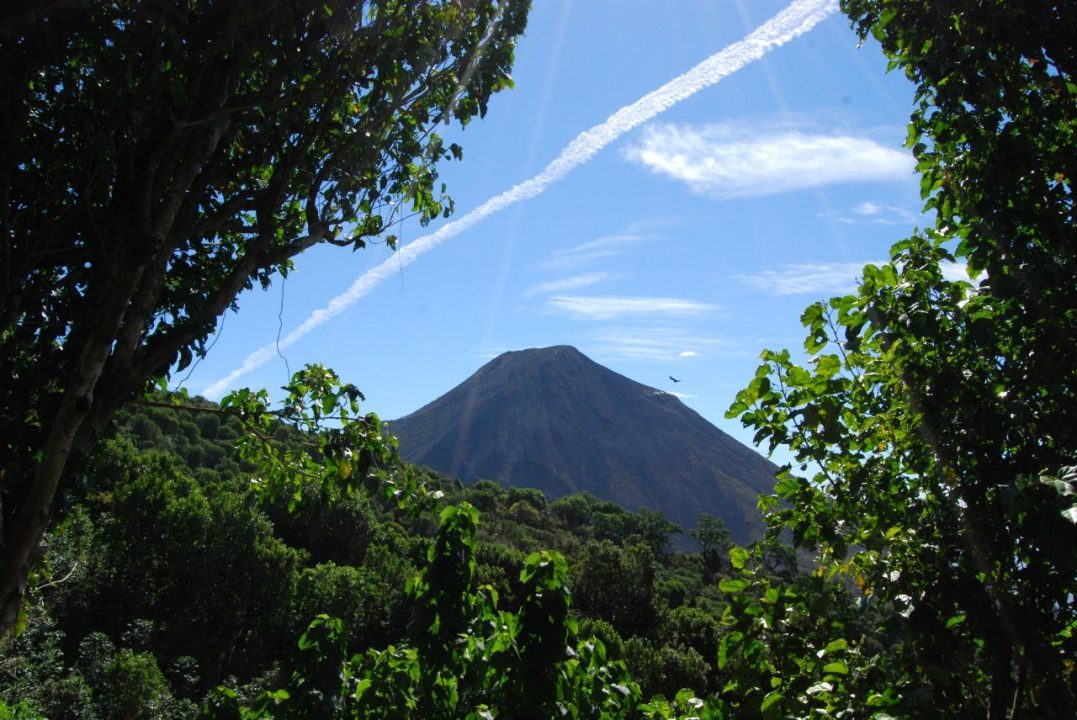Since 1999, Cup of Excellence has been the guide and key to many of the world's tastiest coffee treasures. In this article, you'll learn more about the competition that changed the coffee industry - and how a small, Norwegian coffee roaster set the tone when it all started 25 years ago.
In the right place, at the right time
Cup of Excellence entered an industry that was already changing. The competition met a need that followed the rise of coffee bar culture, as more people began to demand quality and knowledge about the origins of coffee. When the Cup of Excellence saw the light of day in 1999, then known as "Best of Brazil", it also changed the terms of the coffee trade. Before this, even the most skilled coffee farms had to hope for a miracle to meet roasters who appreciated the quality of their work.
This created a showcase and a meeting place for coffee farms and roasters with a common interest in taste and quality. A small - on an international scale - coffee roastery from Ryen in Oslo was present at the competition in 1999. Solberg & Hansen bought five out of ten coffee lots in the subsequent auction and also became the first ever lifetime member of the Alliance for Coffee Excellence (the non-profit organization behind the Cup of Excellence).

The competition quickly became a fair link between quality-conscious coffee farms and roasters who valued the product they had to offer. Since then, the Cup of Excellence has made a wide range of outstanding lots available to us coffee lovers. The subsequent auction has given more and more coffee farmers a sustainable livelihood. The sum of these changes has helped to shift the balance of power in what has traditionally been a buyer's market, regardless of quality and taste.
Coffee farmer Juan de La Cerda (pictured) runs the El Socorro coffee farm, which consistently achieves new top positions in the Cup of Excellence.
Sought-after coffee celebrities
25 years after "Best of Brazil", the Cup of Excellence has been held in 11 South and Central American countries, as well as Burundi, Ethiopia and Rwanda in Africa. In addition, Asian countries such as Indonesia and, in 2023, Thailand have also held CoE competitions.
The Cup of Excellence has been called "the world's fairest coffee competition" and compared to the Oscars of the movie world. And there's no doubt that the competition has created stars. A large number of unknown coffee farms, producers and growing areas have built well-known brands with products that have been in demand for years. Regardless of nicknames and comparisons, the Cup of Excellence has today become a symbol of fair trade, quality and traceability. The bonus comes in the form of the ripple effects that follow the competition.
Today, long-term relationships are the mainstay of collaboration between producers and roasters who want to offer unique taste experiences. The record high prices achieved at the auctions, as well as the predictability that comes with long-term partnerships, give coffee farmers the opportunity to further develop their product. Today, the competition and auction returns nearly USD 5 million to coffee producers around the world every year.
"Today, long-term relationships are the mainstay of collaboration between producers and distillers who want to offer unique taste experiences."
Alliance for Coffee Excellence

From farm to auction
Cup of Excellence is a non-profit organization that organizes competitions and subsequent auctions in producer countries. All participants compete on equal terms and are judged blind by several panels of independent judges. The coffee farms choose a batch from the year's harvest and send samples to the Cup of Excellence. The coffee then goes through up to six rounds of judging, both national and international, where the samples are judged according to the competition's highly advanced cupping scheme.
In round five, the participants who qualify for the auction are selected, a maximum of 45 lots that must be awarded at least 85 points. On the final day, the winner is chosen from the ten lots that have come the furthest in the three-week jury process.
At the end of the competition, up to 45 coffee producers can look forward to the auction day, where they can expect sales sums far above the market price. And hopefully meet buyers with whom they can enter into long and fruitful collaborations.